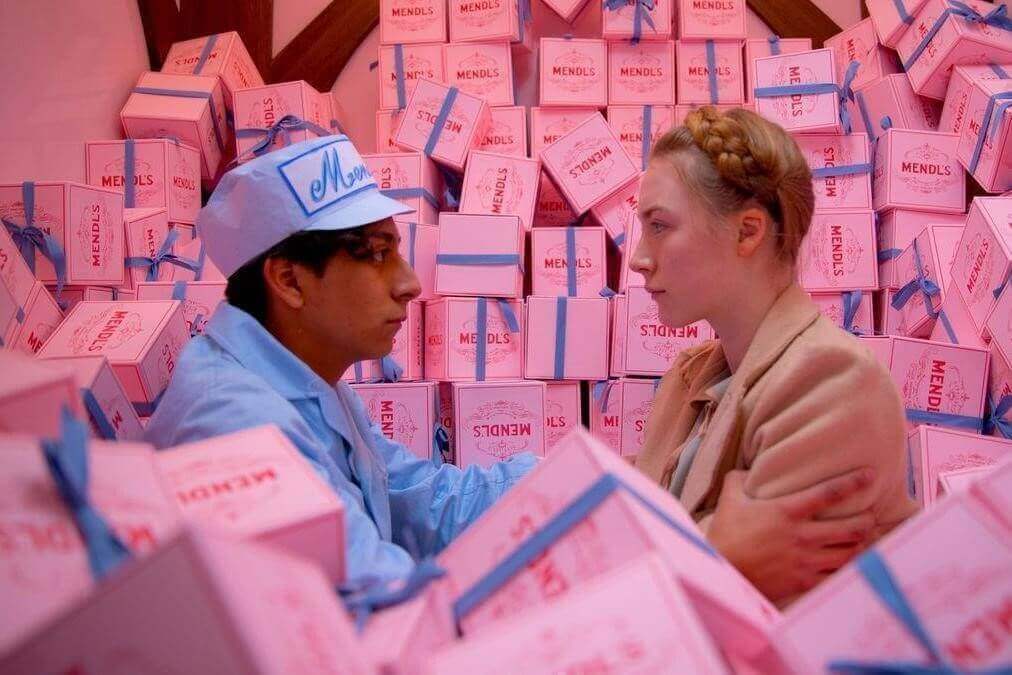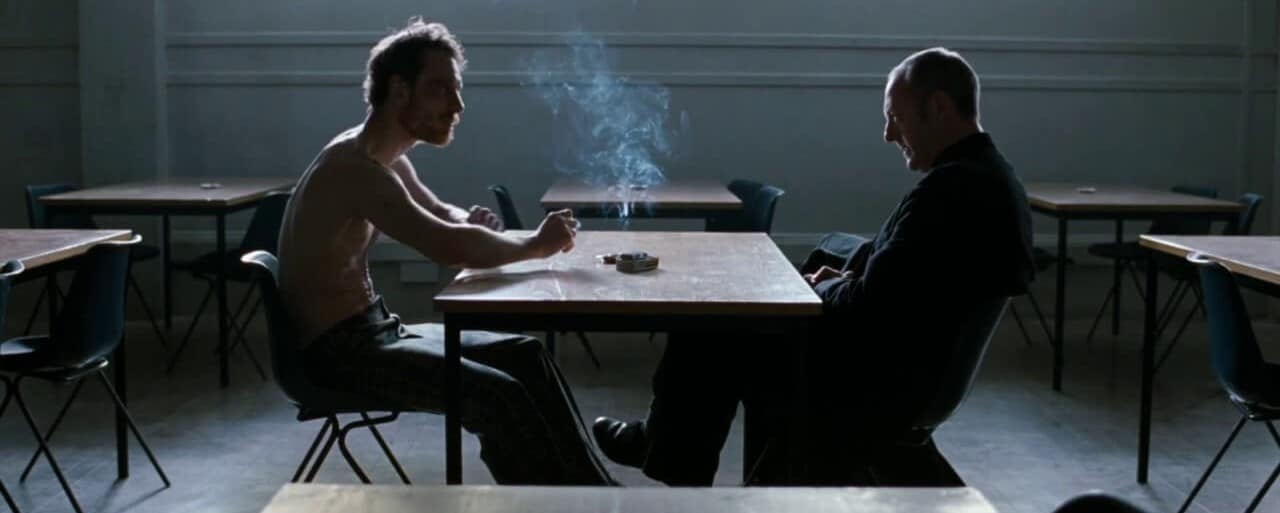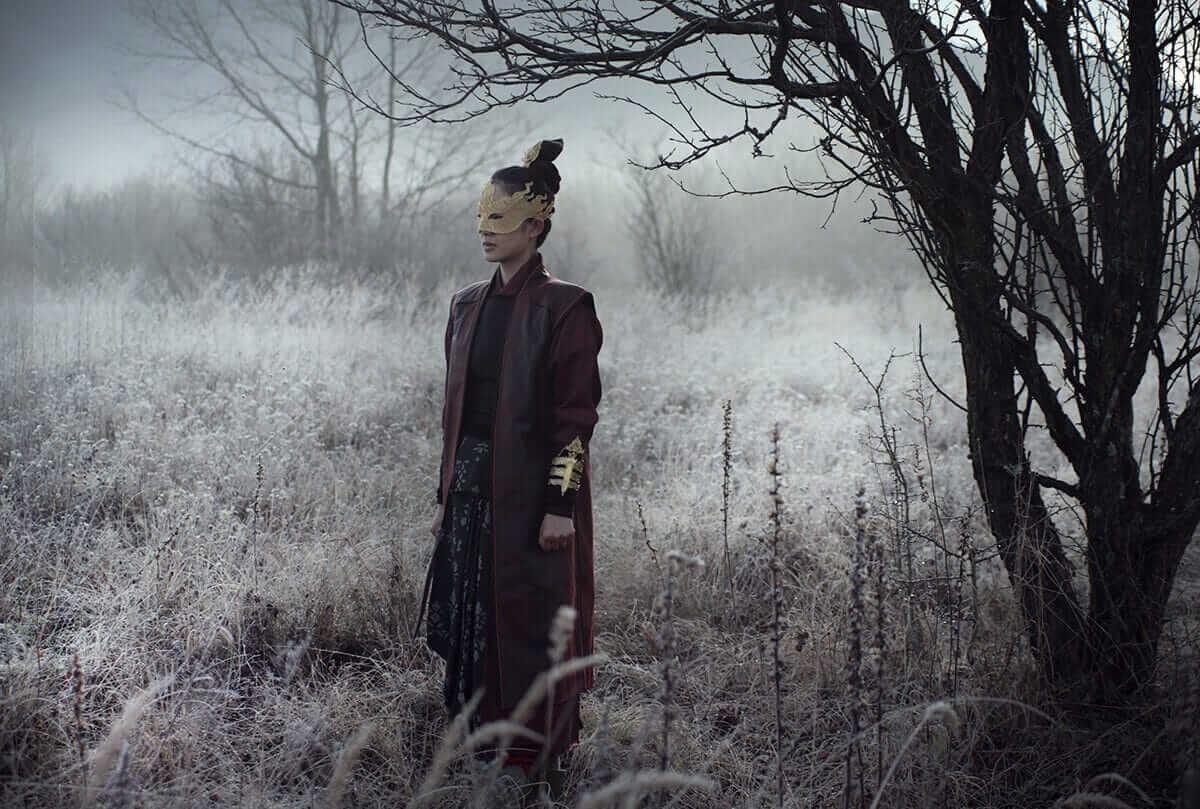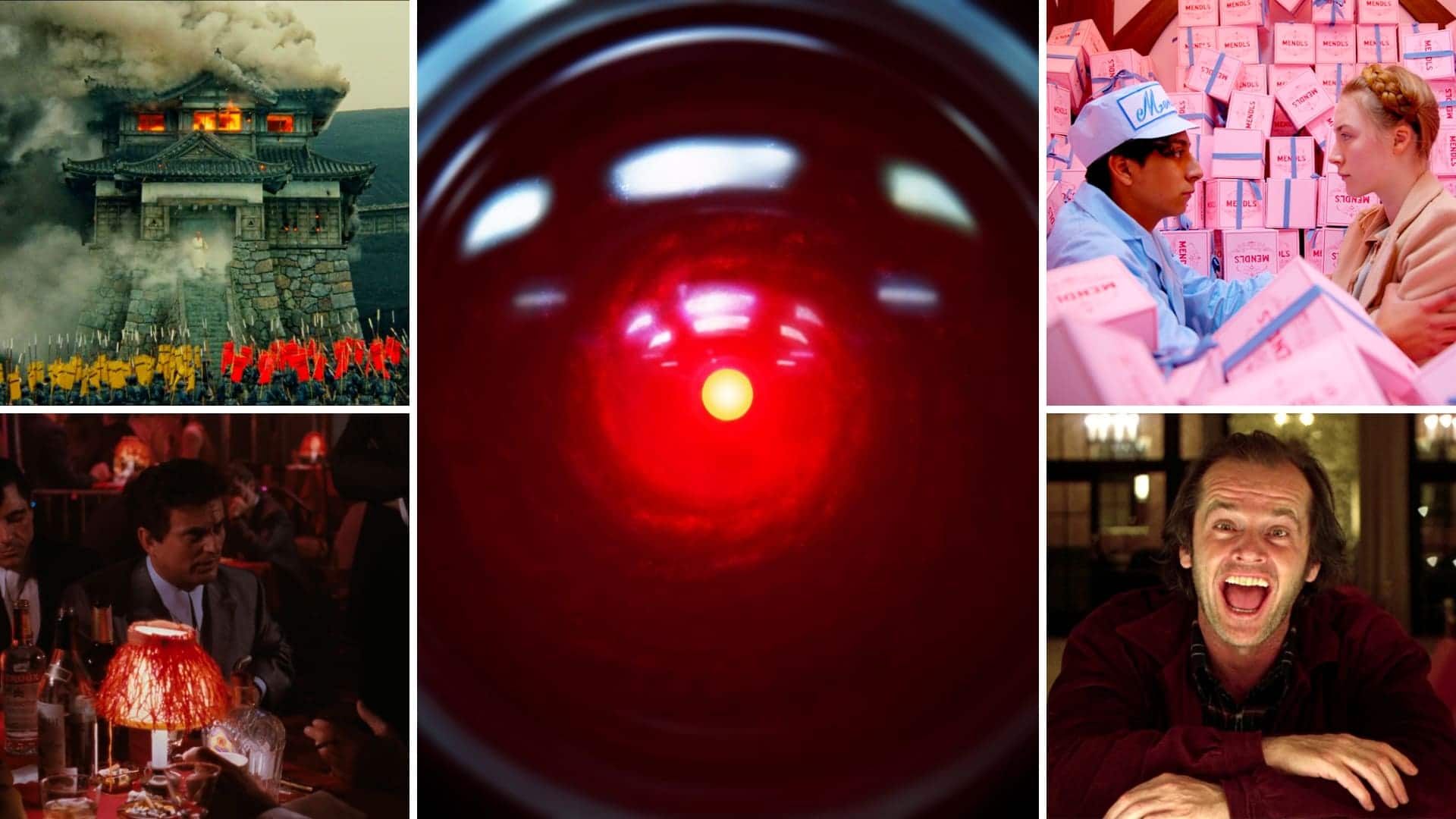A static camera shot is perhaps the most basic tenet of cinematography and one of the first tools a growing filmmaker adds to their cinematic toolbox. Camera movement certainly makes for more dynamic visuals but knowing when to keep the camera still can have just as much impact. Let’s review some static shot examples and see how filmmakers have reaped the storytelling benefits of an unmoving camera.
static shot definition
Benefits of a static camera
All of the types of camera shots available to filmmakers, a static shot might seem like the most basic and, therefore, least interesting. But just like any tool, like fancy camera gear setups, it all comes down to how you actually use it. When creating a shot list, remember that shot sizes, camera framing, and camera angles all work together to create meaning. So, what is a static shot and what is its role in visual storytelling?
Once you understand what a static shot in film is, you’ll be ready to start learning more complex filmmaking and cinematography terms. An understanding of what makes a static camera shot is a building block toward furthering your budding filmmaker education.
To familiarize yourself with additional industry and technical lingo, take a look through our Ultimate Glossary of Filmmaking Terms.
Static shot DEFINITION
What is a static shot?
A static shot in film is a shot that is devoid of camera movement. Also known as a locked-off shot, or an immobile shot. The frame can be filled with the movement of vehicles, characters, props, weather, etc, but the frame itself does not move in a static shot.
The opposite of a static camera shot, a shot in which the camera moves, is known as a dynamic shot. A shot cannot be both static and dynamic, the two terms are diametrically opposed. You can think of static shots and dynamic shots as two families that all other types of shots fall within.
Establishing shots, closeups, POVs, etc, can all be shot either static or dynamic. Shot types that involve movement are, as you might guess, impossible to execute as a static shot. There’s no such thing as a static tracking shot or a static dolly shot.
Stationary camera movement
- Locked off and stable
- Cleanly conveys information
- Allows viewer to study the frame
- Movement in the frame, not movement of the frame
The static shot is just one of many types of camera movements in film. Here's a complete breakdown of each type along with their storytelling values and how they have contributed to some iconic moments in cinema history.
The Ultimate Guide to Camera Movement • Subscribe on YouTube
Static shot example
Static shot examples from the masters
Should you avoid static shots? In short, no. Although many cinematographers and filmmakers prefer dynamic shots over static shots, that by no means suggests the static shot are in any way bad. Plenty of master filmmakers make stunning use of the static camera.
Wes Anderson is one such filmmaker who frequently utilizes static shots in his movies. His idiosyncratic style is particularly well suited to both lateral tracking shots and squarely framed static shots.

Static shot example from The Grand Budapest Hotel
Yasujirō Ozu is a Japanese filmmaker with an extremely distinctive style. His films are assembled exclusively through static shots, and the results do not in any way feel simplistic or limited. His films are gorgeous and showcase all that careful composition with a static camera can achieve.
The Royal Ocean Film Society analyzes Ozu’s cinematography
Steve McQueen is another filmmaker who delivers stunning static images. His films make use of both static and dynamic shots to remarkable effect. The most memorable element of his 2008 film Hunger is the lengthy dialogue sequence placed at the center of the film that plays out entirely as a single, 17-minute-long static shot.

Static shot example from Steve McQueen’s Hunger
But that is far from being McQueen’s only memorable static camera shot. Perhaps even more noteworthy than the static shot example from Hunger, is the static shot example from 12 Years a Slave.
This excruciatingly long hanging scene plays out as a series of tense, static shots. This scene is difficult to watch but pay attention to how effective the stillness of the camera is in capturing this moment.
Stunning static cinematography angles
There are plenty of other excellent filmmakers whose work you can pull from any time you need expertly framed static shot examples. The tremendous potential inherent in static shots is fully realized by directors such as Wong Kar-Wai, Yorgos Lanthimos, and Hsiao-Hsien Hou, among countless others.

Beautiful stationary camera movement in Hsiao-Hsien Hou’s The Assassin
For auteur directors, the frame is a canvas. It’s up to the individual how to best present their vision through various cinematography angles. When designing shots for your own films, ask yourself whether the intent of a particular image would be better suited to a frame of motion or one of stillness.
Stationary camera movement
When to use a static shot in film
Now that you have the answer to the question, "What is a static shot?" let’s discuss when and how to best utilize stationary camera movement. With the static shot being the simpler of the two main shot types, as far as execution is concerned, it is sure to get a lot of use throughout your filmmaking career.
The majority of the time, a static shot will be quicker and easier to capture than a dynamic shot. There are exceptions to this rule but, for the most part, it holds true. If you are on a tight schedule and/or are working on a small budget, then making efficient use of static shots can save you both time and money.
This video shows a number of simple and effective static shot types. The static shot can be a versatile tool for capturing a wide range of moments.
Simple static shot examples
One benefit of stationary camera movement is the potential to be more objective than dynamic shots. A clean, static shot does not imply any judgment upon a subject in the same way that a dynamic shot rushing toward or pulling away from the same subject could.
That being said, a still camera is capable of suggesting subjective feelings depending on the chosen angle. High angle shots can be used to diminish a subject while low angle shots can be used to build them up. The same holds true to both dynamic shots and static shots.
Cinematography angles
Are there any drawbacks?
Static shots are almost always far simpler visually speaking than dynamic shots. For this reason, many cinematographers and directors hold a great preference for dynamic shots over static shots. Some film professionals go as far as to avoid static shots altogether, even imbuing simple cutaways with some element of movement.
To learn more about different types of shots, be sure to watch our Shot List series. Episode 1 covers all of the different shot sizes at your disposal when planning out a scene.
The Ultimate Guide to Shot Sizes • Subscribe on YouTube
Some films shot entirely, or almost entirely with dynamic shots include the likes of Birdman, 1917, Gravity, and Climax. You won’t be very likely to find many static shots in films of this nature but that doesn’t mean static shots don’t have a place in any good cinematographer’s toolbox. Static shots can serve a thematic purpose just like dynamic shots. Consider both the content and the context when deciding whether or not to imbue a shot with movement.
It takes more than the simple matter of camera movement to make a shot interesting. Composition, setting, characters, and more all contribute to the end effect of any particular shot.
There are certain effects and techniques that are impossible to achieve through a static shot, but the inverse is also true, as a dynamic shot is not always the best tool for the job.
Up Next
Explore different camera movements
We've covered the static shot but there are many other camera movements to discuss. As you amass your camera movement repertoire, you will be able to amplify your visual storytelling exponentially. You're already on your way but the only question is which camera movement will you dive into next?
Showcase your vision with elegant shot lists and storyboards.
Create robust and customizable shot lists. Upload images to make storyboards and slideshows.
